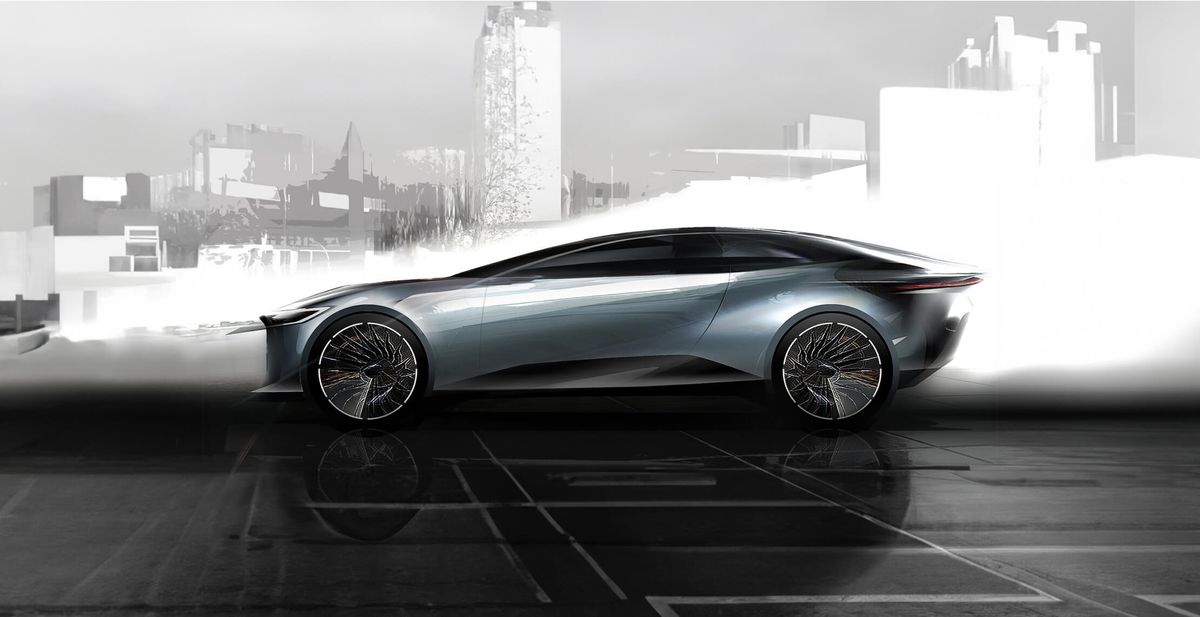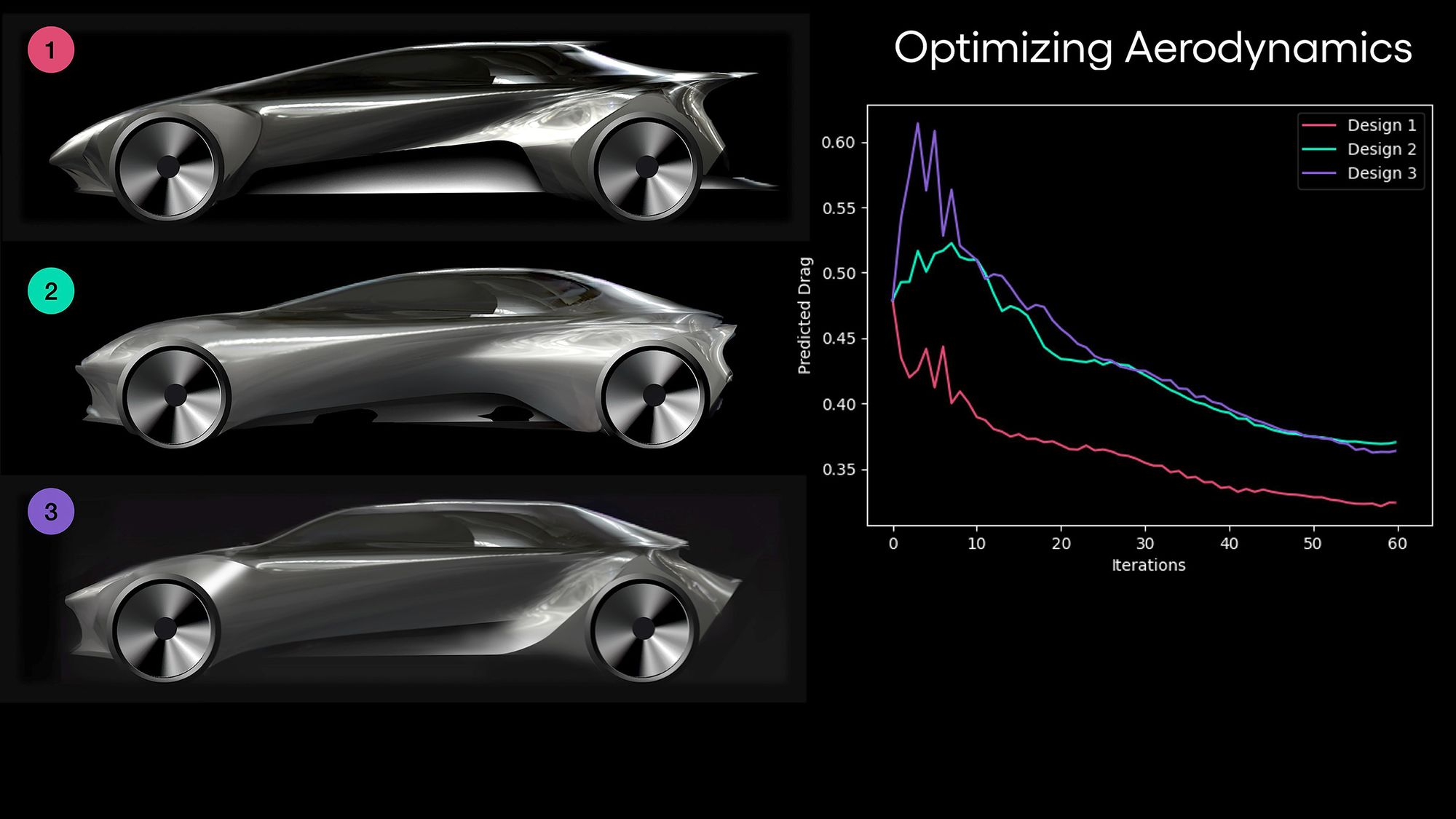
Toyota Research Institute (TRI) has introduced an innovative use of generative AI that allows vehicle designers to seamlessly integrate initial design sketches and engineering constraints into the design process. This new technique, aims to amplify designers' creativity while optimizing key factors like aerodynamics early on.
Generative AI tools have become popular for sparking early-stage inspiration. However, these systems lack the ability to account for critical engineering considerations that impact aesthetics, handling, efficiency and safety. Toyota's method bridges this gap by tying principles from optimization theory to text-to-image generative models.
According to Avinash Balachandran, director of TRI's Human Interactive Driving Division, this technique combines Toyota's engineering expertise with leading-edge generative AI capabilities. The resulting designs satisfy both aesthetic and functional requirements from the start.
In their published research, TRI specialists detail the methodology through which exact engineering limitations are melded into the design narrative. They explain the nuanced inclusion of factors such as drag, influencing fuel economy, and salient chassis measurements like the cabin's dimensions and ride height, which bear implications for vehicle handling, comfort, and safety.
Central to their technique is a sophisticated algorithm — a fusion of optimization theory, a mainstay in computer-aided engineering, and text-to-image-based generative AI. The refined procedure empowers designers to fine-tune engineering specifics, all while sustaining their textual stylistic cues for the AI-guided generative process.

With this approach, designers can provide textual prompts specifying stylistic parameters like "sleek" or "modern." The AI will then generate design images adhering to those stylistic guidelines while optimizing specified engineering constraints. For example, aerodynamic drag can be minimized to improve fuel efficiency. The algorithm can also optimize dimensions, ride height and other factors that affect practical performance or constraints deduced from a design image.
By front-loading engineering considerations into the generative process, Toyota can potentially shorten design cycles for new vehicles. This is especially valuable for accelerating development of battery electric cars, where aerodynamics play an outsized role in achieving maximum driving range.
The integration of engineering constraints represents an impactful evolution of AI-enabled design tools. Toyota's technique allows designers to harness the creative potential of generative models while aligning outputs with real-world manufacturing needs. The company continues to pioneer innovative applications of AI, unlocking new opportunities to enhance human creativity and productivity.
This new capability underscores Toyota's multifaceted approach to leveraging AI across automotive design and engineering. By combining its strengths in optimization theory and generative techniques, Toyota has developed a solution that amplifies human ingenuity rather than replaces it. The technique demonstrates the power of human-centered AI to augment human skills and achieve optimal outcomes not attainable by either alone.

